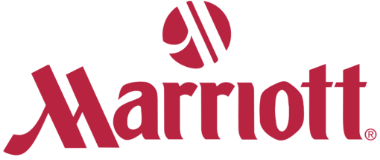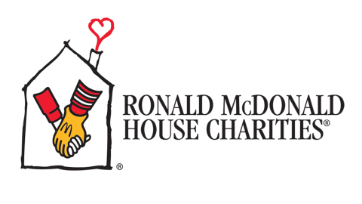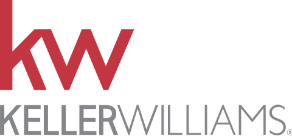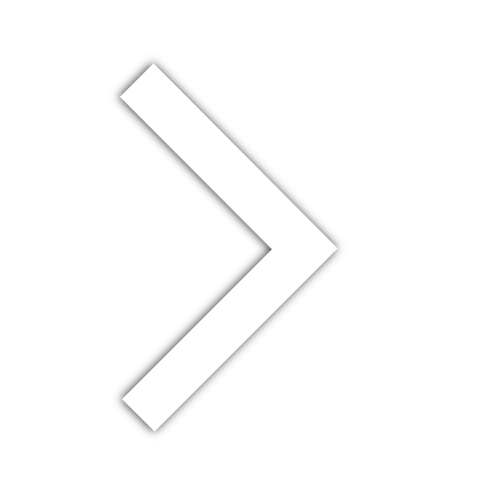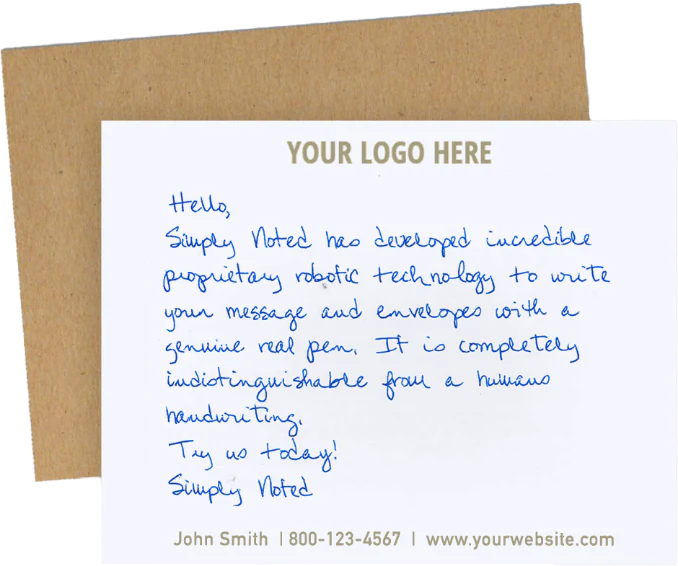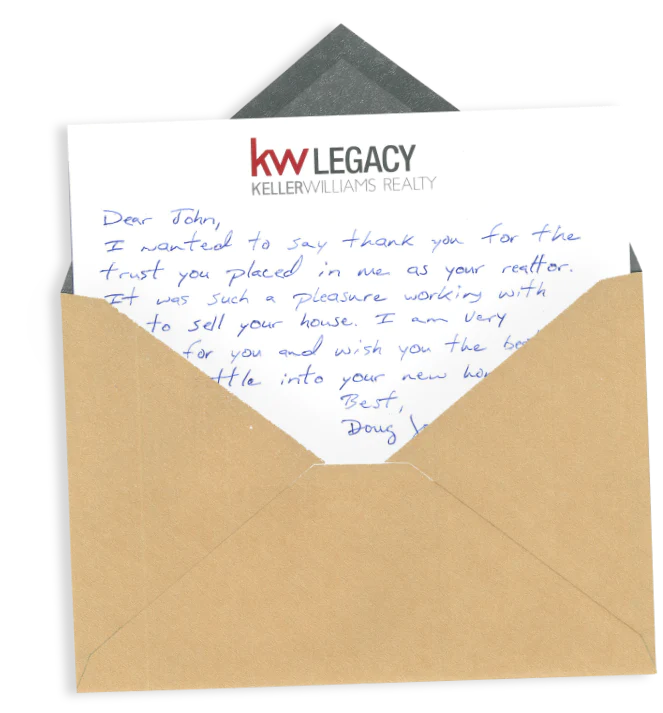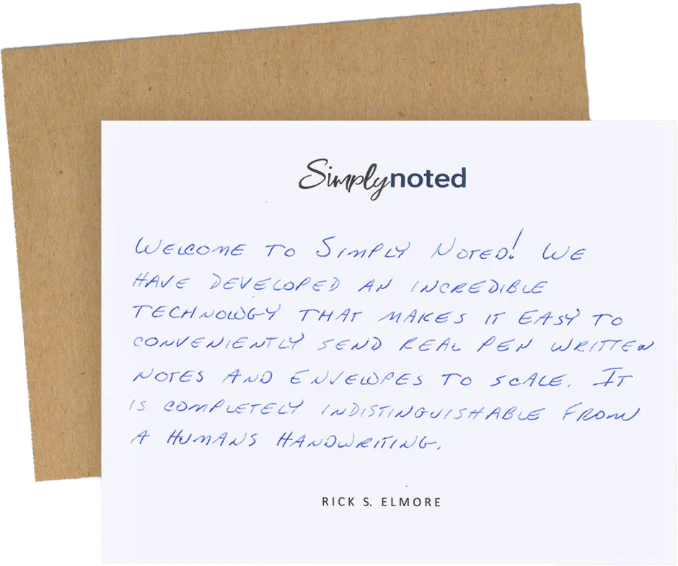What to Say in a Business Thank You Card

Thank you cards are an unsung hero in the business world. They’re a useful relationship-building tool that is applicable in a multitude of situations. People that send them regularly enjoy happier customers, more motivated employees, and vendors willing to put in the extra effort when needed.
This simple device, a humble card sent with a heartfelt expression of gratitude, can create new business opportunities and deepen existing relationships. You might not think of thank you cards as a business investment, but they can pay dividends, offering a significant return on your investment.
The question isn’t whether business thank you cards are effective but how you can maximize their effectiveness with the proper verbiage. This article will discuss what to say in a business thank you card so that you can write winning thank yous to everyone that matters to your company.
SEE ALSO: How 365 Thank You Cards Will Change Your Life (and Your Business)
HOW TO STRUCTURE YOUR BUSINESS THANK YOU CARD
While the content of your thank you messages will be highly personalized, their structure is fairly formulaic. All good thank you messages share common elements that successfully express gratitude when arranged in the proper order.
Before you begin, it’s important to remember who you’re speaking to. For long-time employees, customers you’re friendly with, or business partners, you can get away with a more casual delivery. For others, you should maintain a more professional tone.
Staying professional doesn’t mean you should avoid emotion. Making an emotional connection with your recipient is the point of a business thank you card. So be emotional, but meter its expression a bit, and avoid overly familiar language. Just as you would write a letter to a friend differently than you would write a business associate, you should adapt your language to the relationship.
Let’s take a look at the structure of a business thank you card.
SEE ALSO: 10 Thank You Card Designs and Tips on What to Write

Start With a Greeting
Thank you cards should begin the same as any other greeting card — with a standard greeting.
- Dear Bill,
- Dear Mr. Davis,
- Hi, Melody!
- Greetings Leslie,
- Robert,
Remember to match your greeting to the relationship. If you’re friendly with your client, a “Hi, Ben!” isn’t overly familiar; It’s preferable, as it reaffirms the closeness of your relationship. With these sorts of contacts, most any standard greeting will do. You really only need to be careful with contacts you don’t know well or don’t have an affinity with yet. For these people, more formal greetings are preferable. Be sure to know the difference between formal and informal writing.
SEE ALSO: Gratitude is a Business Strategy
Express Your Gratitude Immediately
With personal thank you notes, you might exchange a few pleasantries first, but you don’t want to waste time with that in a business context. Your recipients are likely busy and will appreciate you getting right to the point.
Your opening sentence or two should express specifically what you’re thankful for. Avoid generic thank yous because they lack personalization; They could be sent to anyone and be equally applicable. You want to demonstrate that you’re sending the card for a specific purpose. This also helps remind your recipient why they’re receiving your card.
You might say something like:
- To an employee: “Thanks so much for putting in the extra effort on the Davidson account.”
- To a customer: “Thank you from the bottom of our heart for being a customer for over ten years!” or “We appreciated the opportunity to work with you on your recent project.”
- To a vendor: “We really appreciate you revising our financing options to suit our current business model better.”
- To a partner: “A thousand thanks for taking the lead on business development while I was out sick.”
SEE ALSO: How to Thank Essential Workers

Tell Your Recipient What Their Gesture Meant to You
This is your opportunity to express why you felt a thank you card was warranted. Your recipient will be interested to know what helpful change they affected in your business. Providing them specific details lets them feel good about what they did. It also demonstrates that you care for the relationship and want your recipient to know exactly how much you appreciate them. A few examples might be:
- To an employee: “You’ve demonstrated your commitment to the company and to excellence in general on several occasions, and we’re all the better for it.”
- To a customer: “We know that you have your pick of agencies, and yet you choose to keep working with us. We wanted to let you know how important our relationship has been over the years.”
- To a vendor: “Now that we’ve moved to a subscription model, it’s critical that our vendors allow us to delay payment until the end of the month. Your decision to honor that request will make a big difference to our business.”
- To a partner: “I never doubted your commitment to the partnership, but your willingness to step into an unfamiliar role, all for the good of the company speaks volumes about your character.”
Say Something Nice About Your Recipient
It’s nice to add a personal note of appreciation. Let your recipient know how much they mean to you and how important they are to your business. Something like:
- To an employee: “You’re a valuable part of the team, and we look forward to having you at the company for years to come.”
- To a customer: “Thanks again for sticking with us all these many years!”
- To a vendor: “You’ve always delivered excellent service at a fair price, and with this latest gesture, we’ll be able to work together long into the future.”
- To a partner: “I see nothing but upside in the future, and I’m happy I get to share the experience with you and your team.

Bring It Back to the Gratitude
You should close a business thank you card the same way you started — with an honest expression of thanks. Keep it short to go out on a high note.
- To an employee: “Thank you again for giving it your all every day.”
- To a customer: “We’re excited for what the future holds and can’t wait to tackle the next challenge together.”
- To a vendor: “We really do appreciate you changing your policies to accommodate our needs.”
- To a partner: “I can’t thank you enough for stepping up while I was out.”
With your thank-yous complete, all that’s left to do is sign off. In a professional context, you should avoid overly familiar or emotionally flowery closers. Something like “Sincerely,” “Yours truly,” or “With gratitude” is perfect.
If you follow the layout above, you’ll be 80% of the way toward an excellent thank you note. Then you just need to speak from your heart. The best thank you messages come when you express honest emotions and when you truly recognize your recipient for the contribution they made to your business. You can’t fake it. You need to write what you feel and feel what you write. Do that, and your business thank you cards will read as authentic every time.
Don’t have the time to handwrite cards yourself? Let Simply Noted help. Our automated handwriting machines use real ballpoint pens to capture the true essence of a handwritten business thank you card. All you need to do is enter your message and your recipient’s address into our convenient web portal, and your card will be on its way. It couldn’t be easier or more affordable!


